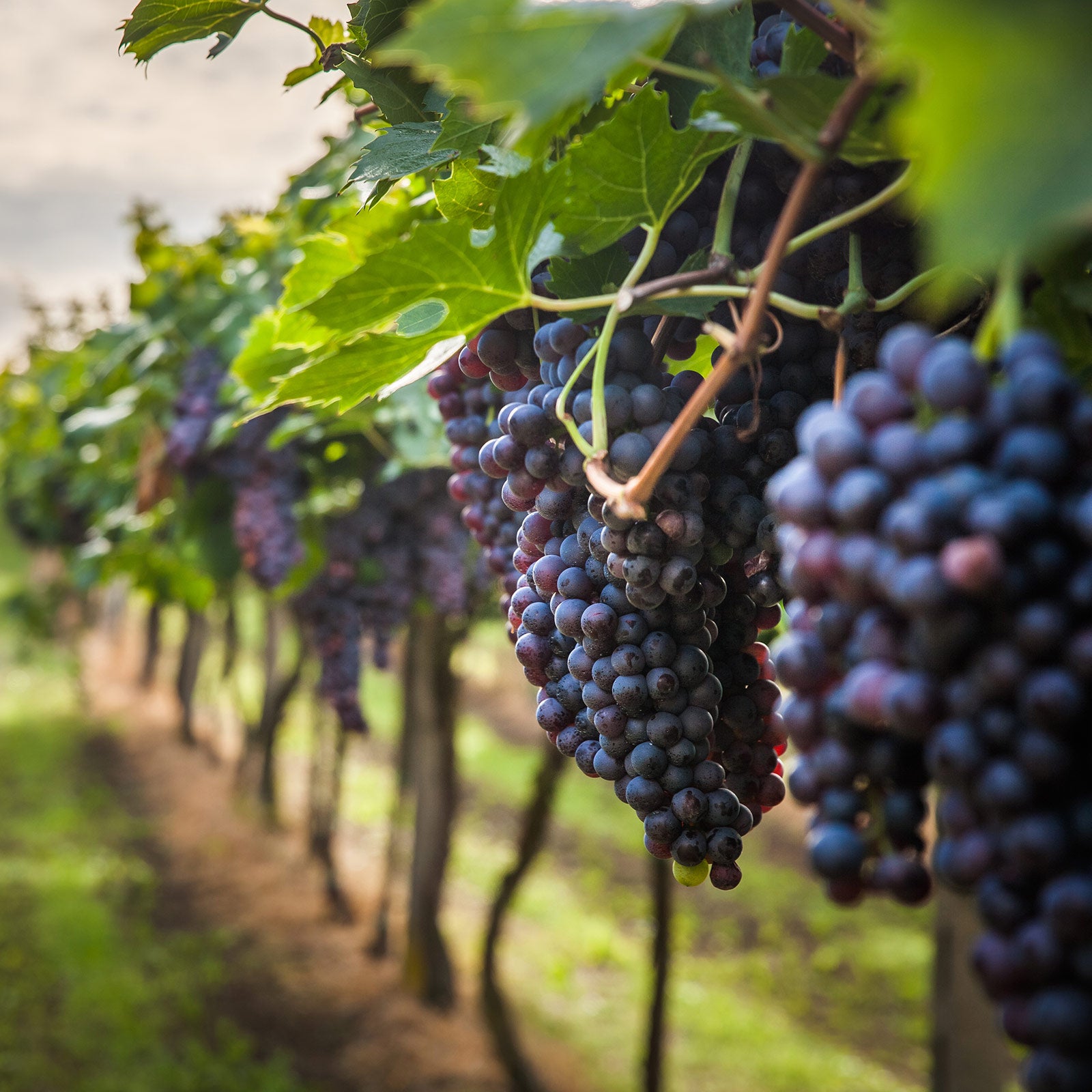THE Yeasts improve the fineness and speed of clarification of the final product .
In fact, some species contribute to the fermentation of the must yeasts naturally present in the air, in the grapes, in the vineyards and in the cellars which settle on the grape skins whose particular characteristics are transmitted to the wine during the fermentation process.
And this is precisely the moment in which the wonderful magic of nature, which has fascinated the entire world for centuries, gives the wine that particular bouquet and characteristic scent that make it the nectar of the Gods. However, many species of natural yeasts are not suitable for winemaking, as they produce high concentrations of acetic acid, other substances compromise the stability of the wine and have poor fermentation capabilities. Furthermore, various substances are continuously transported by the wind and insects and for this reason are not linked to the territory but can vary from year to year, negatively influencing the flavor and aroma of the wine. This is why today, for quality production, it is preferred to use particular substances that slow down the action of native yeasts.
In fact, they prefer selected yeasts , whose effects and actions are well known, and ensure an effective fermentation process and a final product of great quality, delicacy and elegance with greater stability.
The most used strain is Saccharomyces which is mainly divided into the Cerevisiae variety used for musts with a normal sugar content and the Bayanus variety used, instead, for highly sugary musts and for the production of sparkling wines according to the classic method. Very practical and widespread on the market, selected yeasts are known as LSA (active dry yeasts), are freeze-dried and are found in the form of small sticks. Before inoculation into the must it is necessary to reactivate them by dissolving them in 10 parts of warm water with a concentration varying from 20 to 40 grams per hectolitre.


